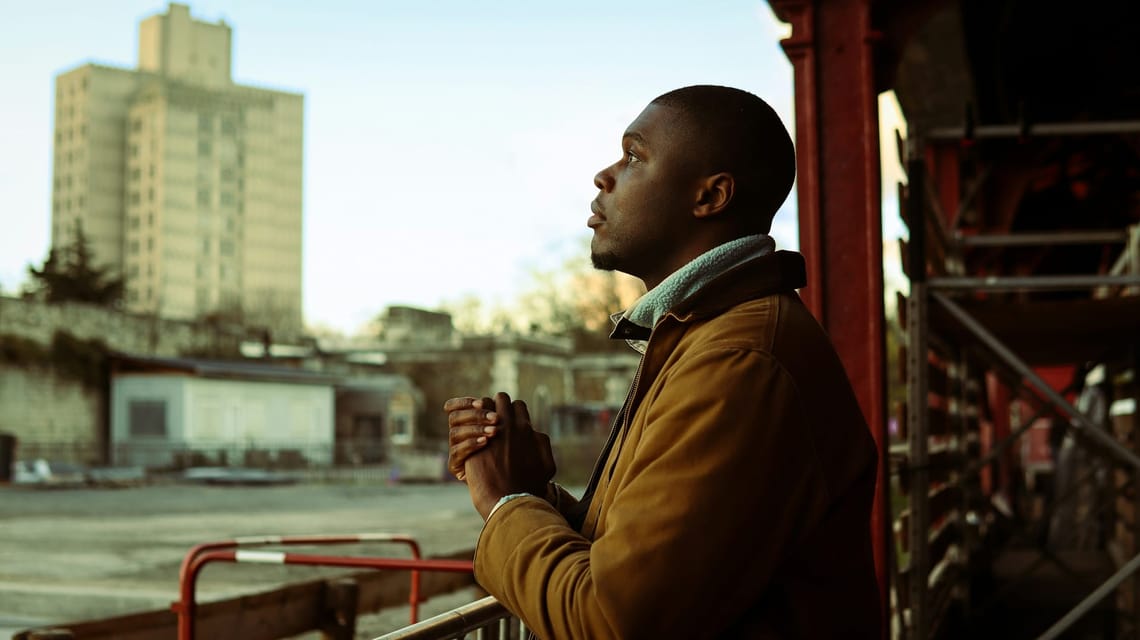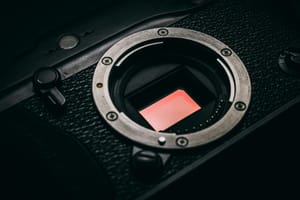
Hard vs. Soft Light: Portraits and Landscapes
This video is on the contrast level in the photograph and how contrast is fundamentally influenced by the quality of light that illuminates the subject. This light can be characterized as either hard or soft, where hard light induces strong contrasts, and soft light fosters a subtler contrast. The classification of light as hard or soft hinges on the relative size of the light source to the scene it lights.
Hard light emanates from a compact source of light, tiny in relation to the scene it lights up, creating vivid contrasts. In contrast, soft light springs from a large source.
Let’s look at how hard light affects portraits, architecture, and landscapes. Now, while there is not any hard and complete rule with photography, this is how hard light is generally seen by photographers in the various types of situations. For portraiture, hard light brings out the intricacies of facial contours by producing pronounced shadows. Employing hard light with its high contrast for portraits can yield striking images, though it may also introduce harsh highlights.
Architecture photographers use hard light to sharpen and define edges, making it particularly effective for photographing contemporary buildings with geometric shapes. However, bright highlights on glass surfaces can pose exposure challenges. Generally speaking, for most landscape photographers, hard light is superb for highlighting the form of non-living elements like rocks, though its high contrast may not be as appealing for organic subjects. So, it can depend on the actual desired part of the scene that is going to be focused on.
If you’re trying to get hard light in a controlled environment, such as a studio, you should consider using a point light source. Sharp, defined shadows are the hallmark of point light sources, which also generate small, intense highlights. Examples of point light sources include the sun on a clear day or a solitary, uncovered light bulb.
Let’s look at soft light and how portraits, buildings, and landscapes are depicted using soft light. For portraits, soft light gently diffuses across facial features, often chosen for photographing women and children to soften their features. With buildings, the lack of shadows under soft light can make it difficult to discern details in architecture, with bright highlights on glass diminished, leading to a potential gray and dull appearance.
In landscapes, soft light normally does not cast enough shadows to detail vast landscapes. Interestingly, however, it excels in close-up photography of organic subjects like flowers.
Now, what if you want to achieve soft light with low contrast outside? What can you do? Soft light casts weak, diffused shadows—or none at all for exceedingly soft light sources—and keeps highlights subdued. Cloud-filtered sunlight is an example of a soft light source. So, if you need soft light with fewer shadows outside, you can find a location that generally has more clouds or just wait for a day with some cloudy weather for the photo shoot.
Let’s look at shade. Shaded areas offer soft, ambient light, ideal for photographing detailed or small objects. Ensuring the subject is entirely shaded reduces contrast, as any direct sunlight in the frame could increase contrast beyond what the camera can effectively capture. Utilizing your camera’s histogram can assist in monitoring contrast levels, with high contrast represented by two distinct peaks separated by a significant gap, whereas a single narrow peak signifies low contrast.
A quote by a famous cinematographer, Mr. Hall: “Contrast is what makes photography interesting.”




